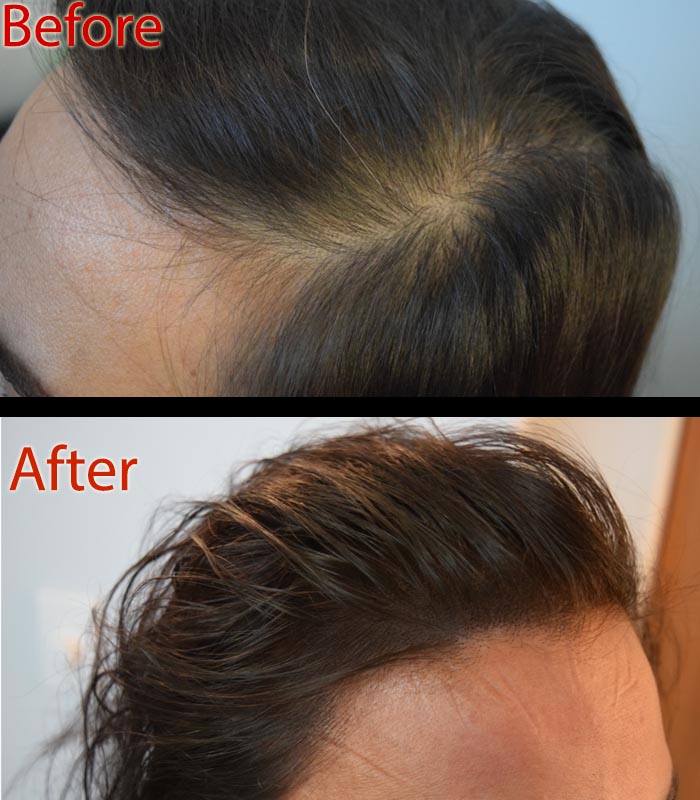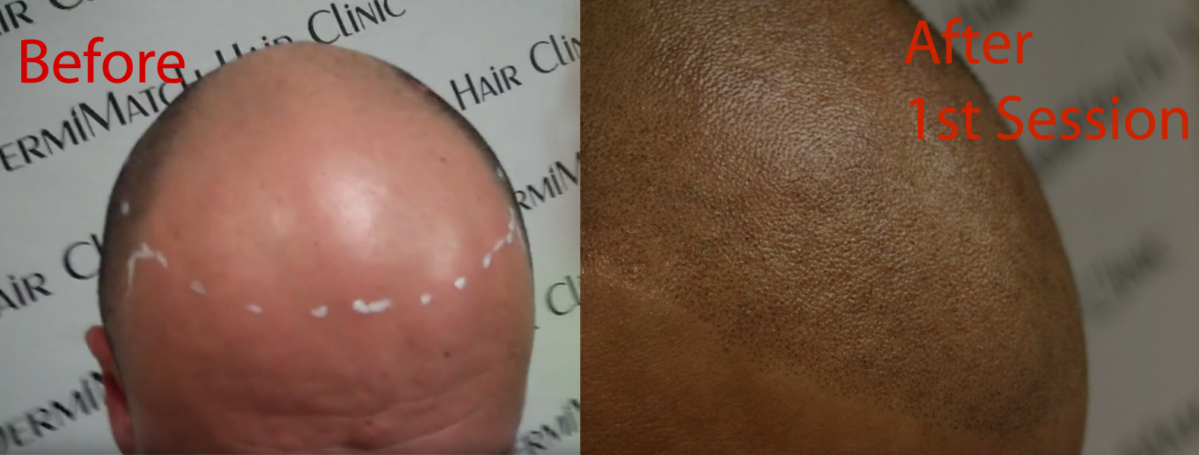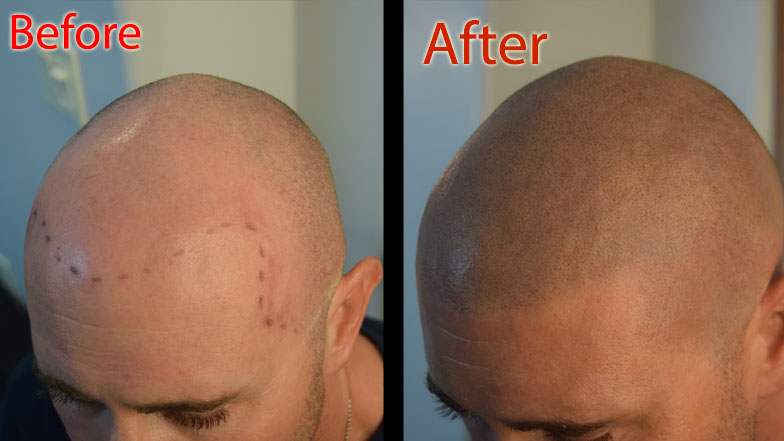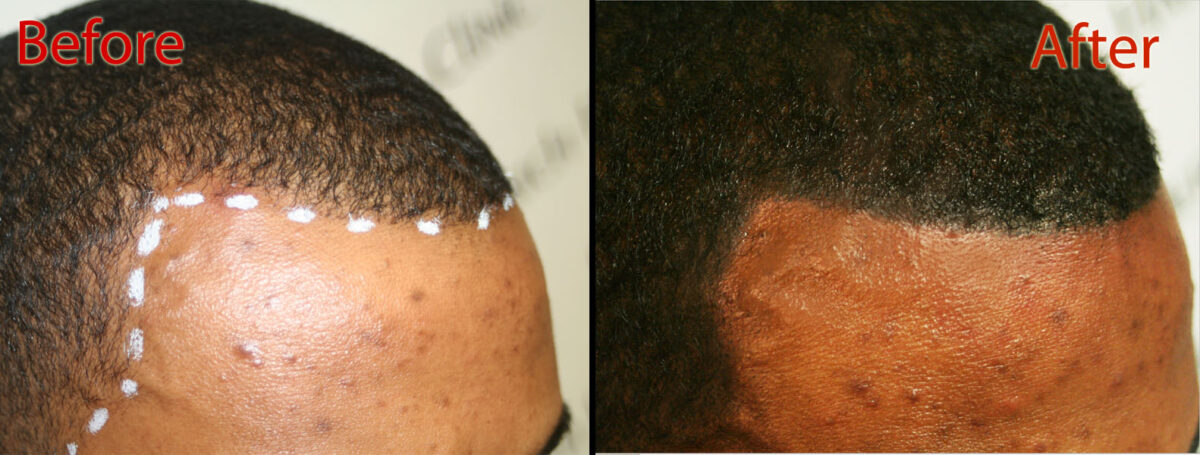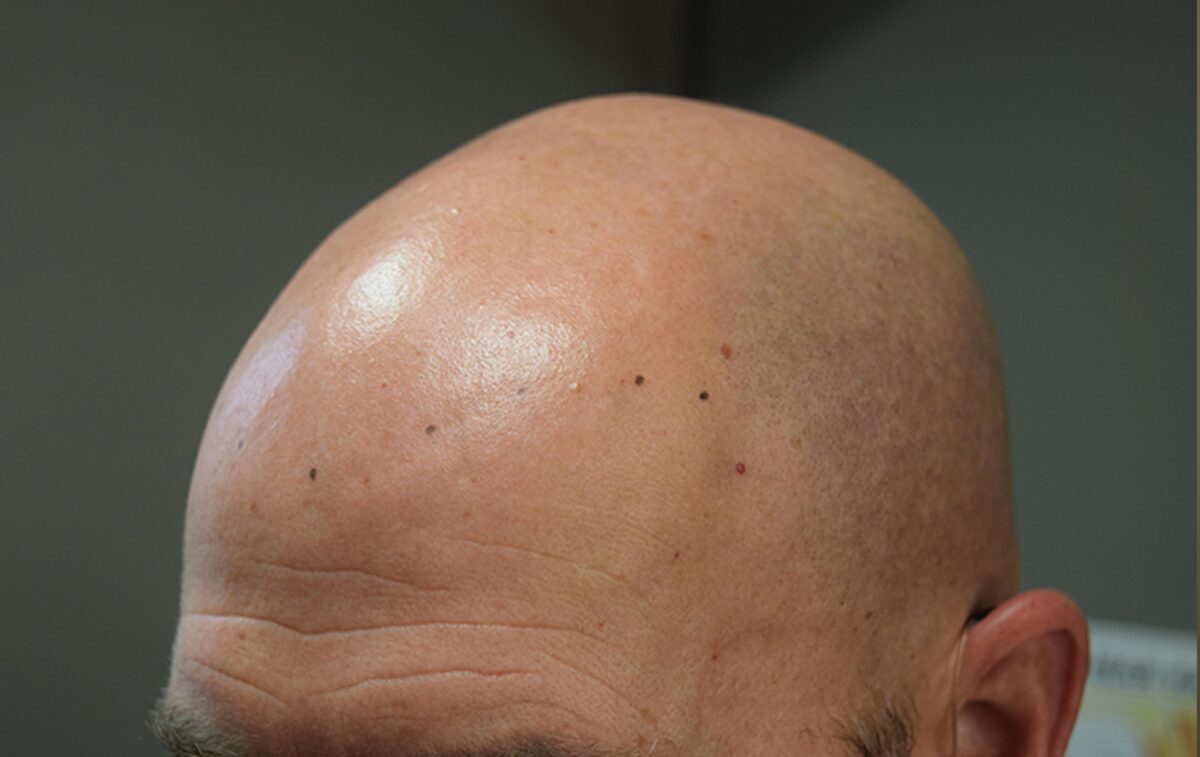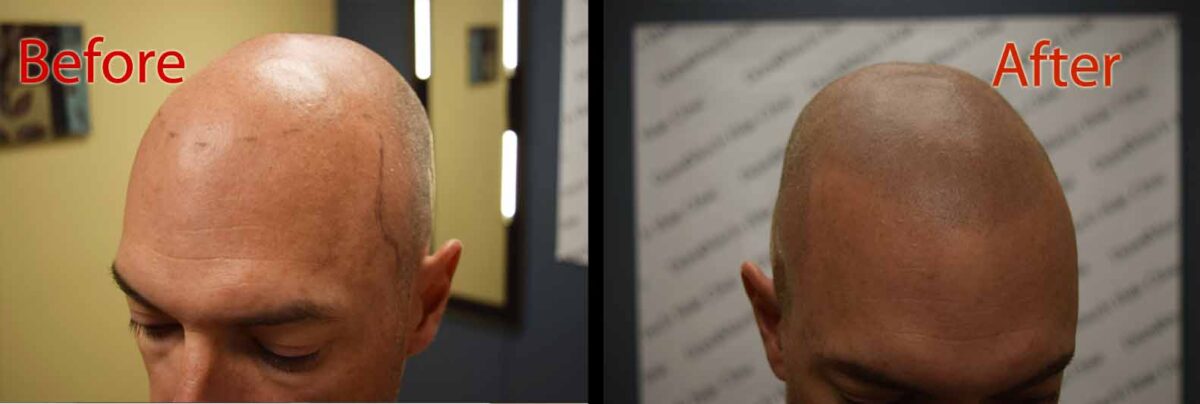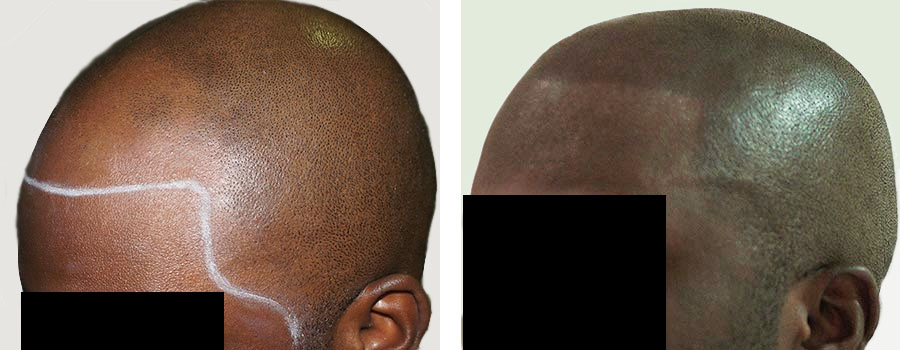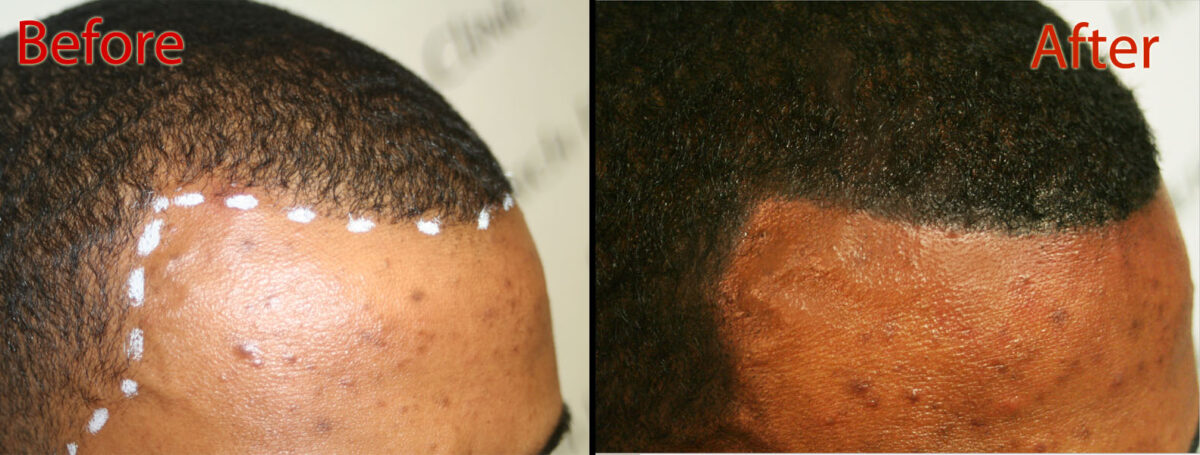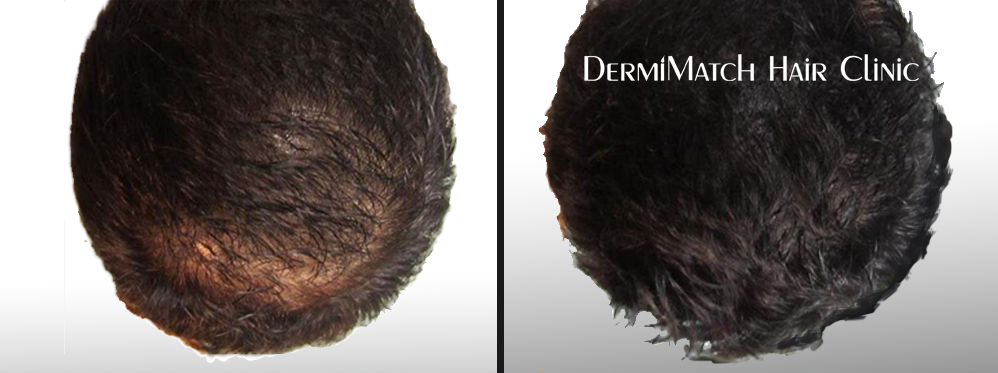The causes of hair loss in women are diverse, from genetics to hormonal changes. Even stress, food and lifestyle, and environmental factors contribute to hair loss in women. Let’s explore each of these causes that trigger women hair health problems.
Women Hair Health Problems: Causes
Hormonal shifts
Women experience major hormonal changes all through their life, right from teenage to menopause and post-menopause. Some of the hormonal fluctuations happen during pregnancy and postpartum, which tend to give hair loss woes to women. Even their menstrual cycle result in hormonal disturbance that can disrupt hair growth.
Stress
Women have to deal with a lot in their lives, which often makes them prone to chronic stress. Physical and mental stress can trigger hair loss because the body diverts its attention to coping with stress.
Nutritional deficiencies
Busy lives, with 9-5 jobs, and then managing household chores often take a toll on women’s health. The lack of time to cook food at home from scratch means ordering food from outside. Store-bought stuff is unhealthy and devoid of nutrition. As a result, women are more likely to suffer from nutritional deficiencies. So this has a bearing on hair health too.
Women hair health problems triggered by poor dietary choices can be addressed through dietary changes.
Medical conditions
Certain medical conditions can affect hair health. This includes autoimmune disorders, such as thyroid and lupus. Some medications too can trigger hair loss. Chemotherapy drugs cause major hair loss but hair do return once the treatment is over.
Hair care practices
Poor hair care and hair styling can all contribute to hair thinning and breakage. Harsh chemicals and tight hairstyles, besides excessive heat styling, can cause severe damage to hair follicles. All such practices contribute to women hair loss problems.
Environmental factors
Pollution and exposure to certain chemicals can trigger hair loss.
Women hair loss problems can be pretty unsettling. Women are obsessive about their hair. The loss of hair can cause stress and anxiety.
Scalp Micropigmentation: A Solution to Women Hair Loss Problems
SMP is fast emerging as a hair camouflage procedure, which helps hide hair loss and scalp problems. This helps women regain confidence. The cosmetic tattooing technique replicates the appearance of hair follicles in the form of pigmented dots on the scalp. Top scalp practitioners in Phoenix use specialized needles and pigments to meticulously deposit microscopic dots onto the scalp to create a natural-looking illusion of hair density.
SMP is a safe, effective, and minimally invasive solution for women hair health problems. However, the procedure’s results depend greatly on the scalp artist’s skills and expertise. Look for the best SMP practitioners in Phoenix at DermiMatch Clinic, who have experience in the field and have helped thousands of female hair loss clients regain their confidence and self-esteem.
Let SMP for women be the solution to your problems that help you feel comfortable and confident in your skin. Consult DermiMatch Clinic experts now to take the first step forward.

